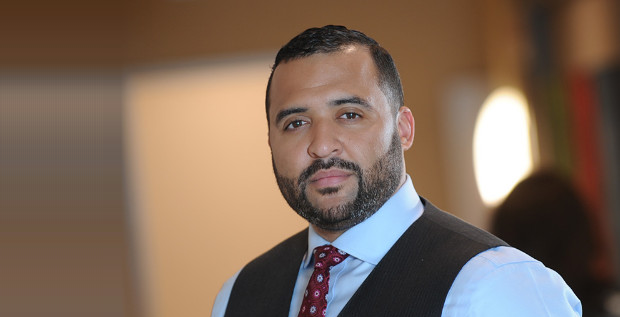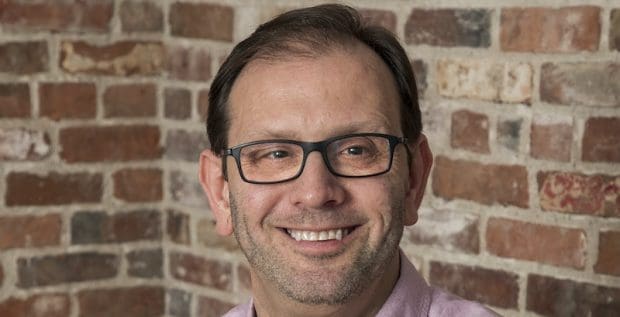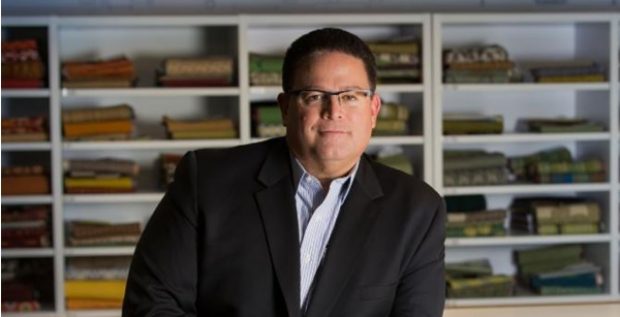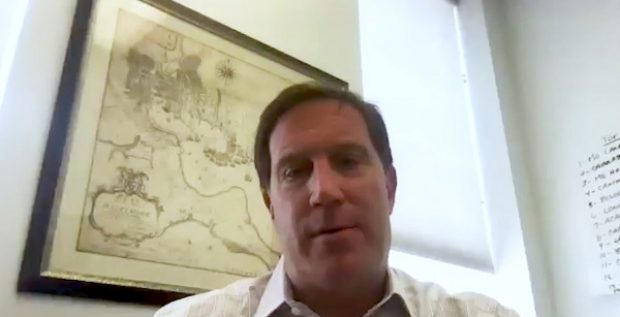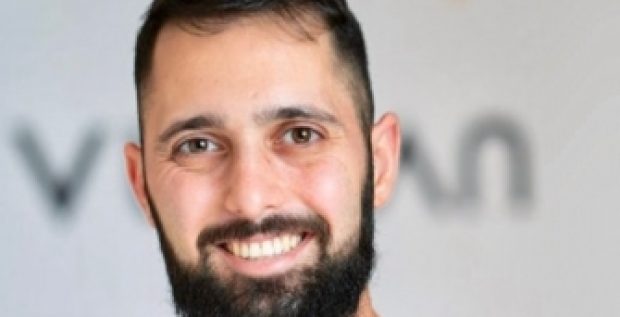Chris Cashman is Chairman and CEO of Marinus Pharmaceuticals. As a clinical stage biopharmaceutical company, Marinus Pharmaceuticals is dedicated to improving the lives of people suffering from neuropsychiatric disorders such as seizures and depression. To meet the needs of these patients, the company has developed a ganaxolone, a neurosteroid that acts on anti-seizure and anti-anxiety receptors in the brain. The drug is currently being evaluated in clinical trials for the treatment of pediatric genetic orphan epilepsies, behaviors in Fragile X syndrome, and status epilepticus.
EDWIN WARFIELD: Tell us about your background. How did you get into this industry?
CHRIS CASHMAN: I got into the pharmaceutical business via animal health. I think the connection there is I grew up on a farm in Southern Minnesota. Our family was in the cattle business, so I knew a lot about livestock agriculture. I went to college—undergrad, grad school—and then took a job offer from SmithKline Corporation at the time into their animal health division. They were looking for somebody who had background in animal production because they were developing an antimanic drug for cattle. As a result of that, they hired me, and I eventually went into marketing for SmithKline Corporation. That was my start in 1980.
I spent 15 years with SmithKline in animal health, and then Pfizer bought our animal health division, so we got moved over to Pfizer. I left Pfizer in 2002, and really, that was a career change for me. I really at that point wanted out of animal health and into human health. I had learned the drug business with those two great companies. I had had some interaction with the human R&D group in work I was doing on the animal health side. I dealt with some entrepreneurs on repurposing human technology into animal health. So, I had an interest to move in from animal into human, and really from commercial sales marketing into drug development.
It was really a career change for me. I went from kind of the largest to the smallest. The way I did that is I had former colleagues of mine who were in venture capital and I networked with them. One of those individuals was a woman named Brenda Politi, at the time—soon after that she became Brenda Gavin—and we started talking. She was with SR One and she connected me with Message Pharmaceuticals at that point and they were really a turnaround situation: they’d had a setback with one of their programs, they’d had some financing issues, and they needed someone to come into and revise the strategy and set a course for Message. So, I came in as the CEO of Message Pharmaceuticals to run that company.
Q. What did you learn from that experience?
A. It was a great learning experience on a number of fronts. When you come into the company and that company had been around for a number of years, you can review the history and the decisions that were made and what I call “the sins of the past.” And you learn from those: What were good decisions? What were bad decisions? What made sense, or where did they get traction?
The other point is you learned about the financing strategy of the company and how that was put together. Long story short: Message was in a lot of trouble; they didn’t have a lot of cash in the bank, the VCs were not interested in investing more, the market at that point had dried up—we were in what we call a “nuclear winter” in terms of venture financing—so the choice or the strategic decision made was to carve the company up and sell it. The company really was a platform technology. We had a patent base of 30-some patents in various areas. This was Messenger R&A—research technology—and so I simply put those patents in buckets and sold them off to interested parties.
Connect with Chris on LinkedIn









